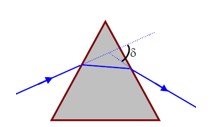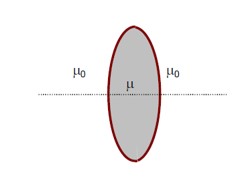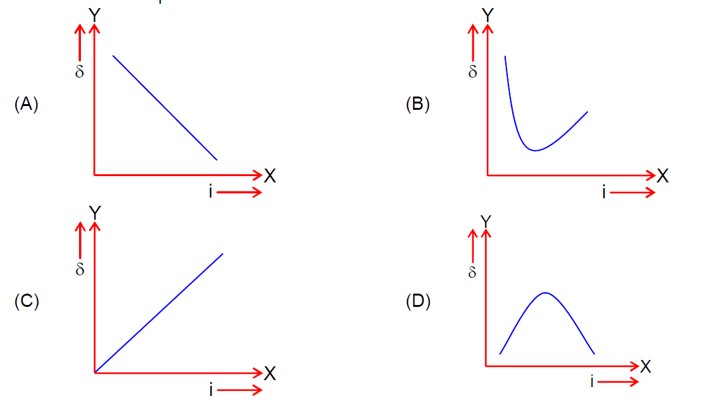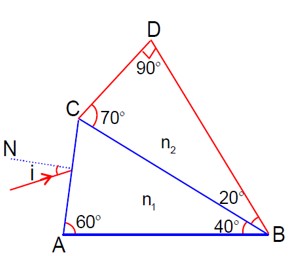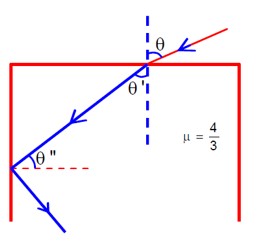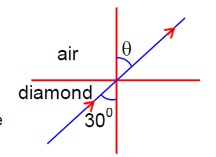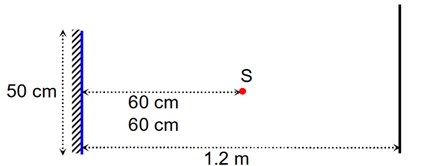Physics Ray Optics and Optical Instruments
Get insights from 142 questions on Physics Ray Optics and Optical Instruments, answered by students, alumni, and experts. You may also ask and answer any question you like about Physics Ray Optics and Optical Instruments
Follow Ask QuestionQuestions
Discussions
Active Users
Followers
New answer posted
2 months agoContributor-Level 10
Using lens maker formula, we can write
1/f = (µ/µ? - 1) (1/R? - 1/R? )
µ = µ? ⇒ 1/f = 0 ⇒ f → Infinite
New answer posted
2 months agoContributor-Level 10
The graph of? vs I is a parabola-like curve with a minimum at i=e. So (B) is the correct representation.
New answer posted
2 months agoContributor-Level 10
Light rays travel undeviated if the refractive index of the medium does not change for any value of angle of incidence.
i.e. n? = n?
1.2 + 10.8*10? ¹? /λ² = 1.45 + 1.8*10? ¹? /λ²
9.0*10? ¹? /λ² = 0.25
λ² = 36*10? ¹?
λ = 6*10? m = 600 nm
New answer posted
2 months agoContributor-Level 10
μ = sin (A + δm)/2) / sin (A/2)
Since, δm = A
μ = sin (A) / sin (A/2) = (2sin (A/2)cos (A/2) / sin (A/2)
μ = 2cos (A/2
New answer posted
2 months agoContributor-Level 10
By shell's law
(sin θ)/ (sin θ') = 4/3 . (i)
For TIR on second surface
sin θ' > sin θc
(θ' + θ' = 90)
sin (90 - θ') > sin θc
cos θ' > sin θc
1 - sin²θ' > sin²θc (By equation (i) )
1 - (3/4 sin θ)² > sin²θc
[sin θc = 3/4]
1 - (9/16)sin²θ > (9/16)
1 - 9/16 > (9/16)sin²θ
7/16 > (9/16)sin²θ
sinθ < 7/3
New answer posted
2 months agoContributor-Level 10
Focus of a spherical convex mirror is in the same side of centre of curvature. Thus, f = +
New question posted
2 months agoTaking an Exam? Selecting a College?
Get authentic answers from experts, students and alumni that you won't find anywhere else
Sign Up on ShikshaOn Shiksha, get access to
- 65k Colleges
- 1.2k Exams
- 682k Reviews
- 1800k Answers

